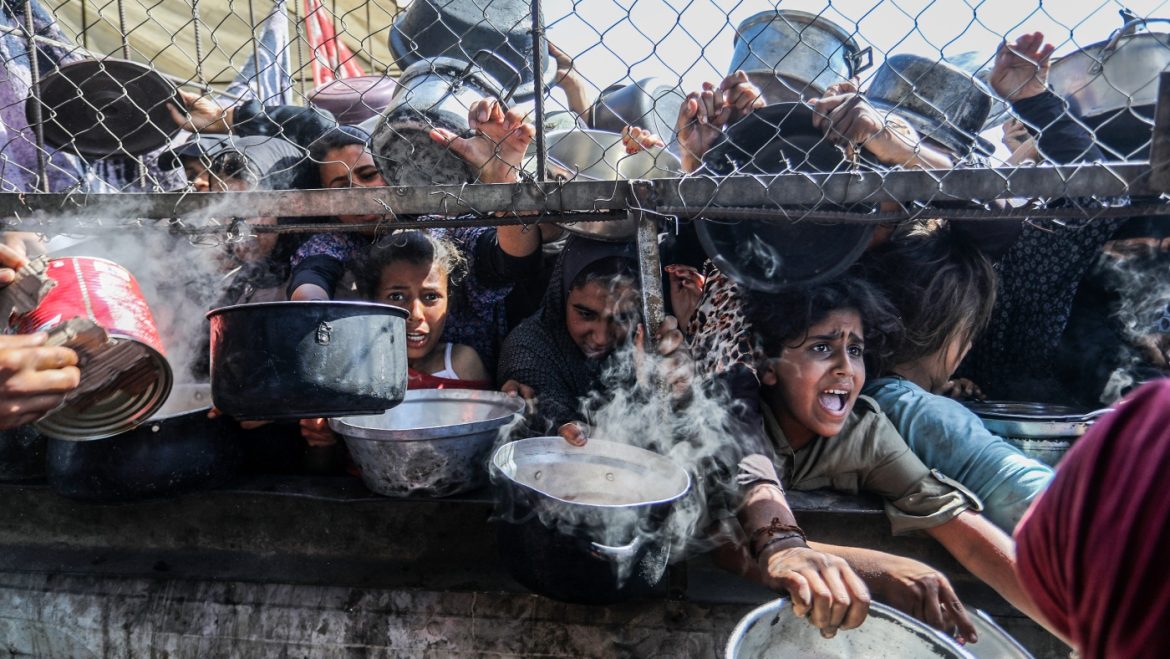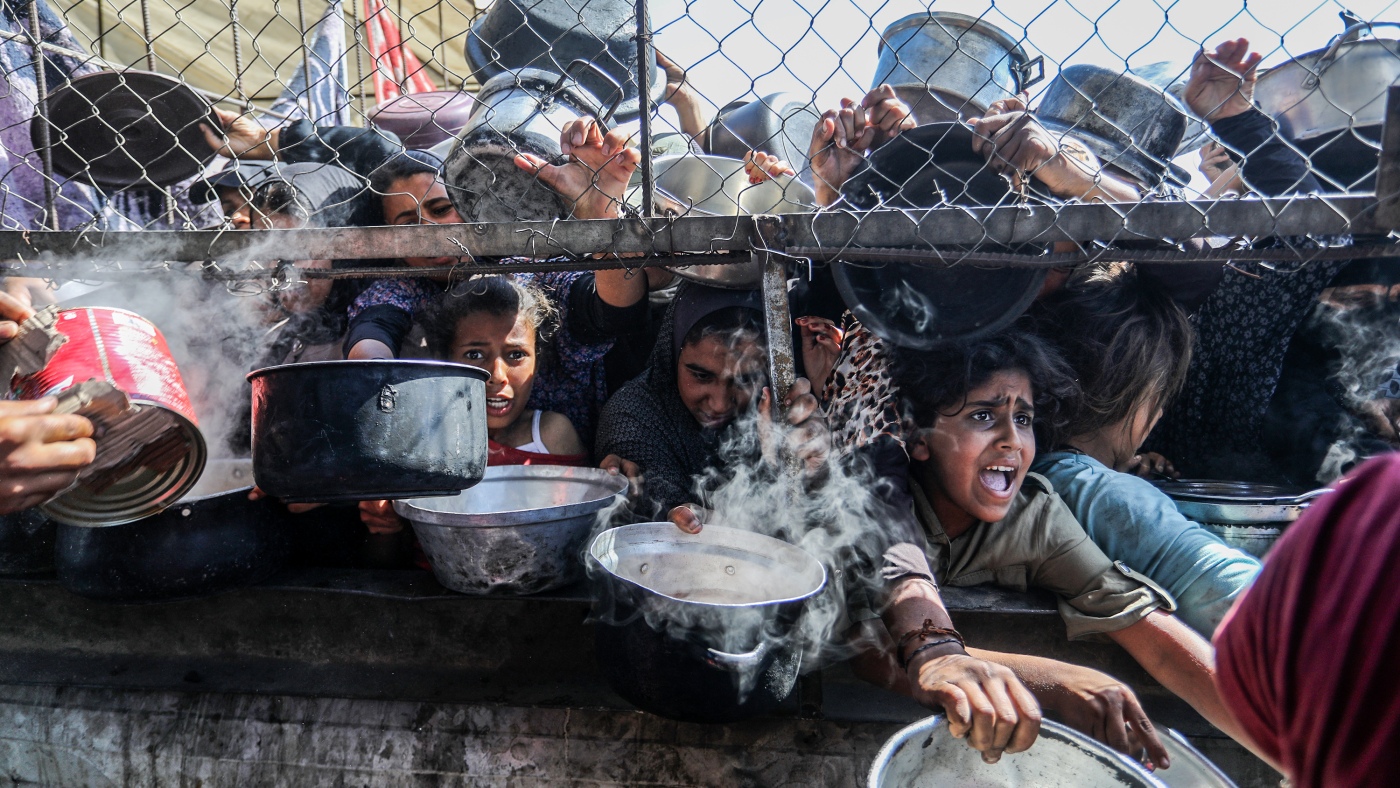The Humanitarian Crisis of Food Aid in Gaza: Analysis of Decaying Supplies and Aid Restrictions
—
Introduction
The Gaza Strip, home to approximately 2.3 million Palestinians, faces one of the most severe humanitarian crises in recent history, marked by food insecurity exacerbated by ongoing conflict and restrictions. While international aid—primarily food and medical supplies—is amassed in nearby hubs such as Jordan, the actual delivery and distribution within Gaza are severely impeded. Recent reports indicate large quantities of food aid are decaying in warehouses in Jordan as Israel imposes strict controls on what aid goods are allowed to cross into Gaza. This situation raises urgent concerns about how political restrictions interplay with human suffering, the logistics of aid delivery, and the looming specter of famine affecting a vulnerable population.
—
The Bottleneck of Aid in Jordan
Jordan serves as a pivotal staging ground for humanitarian efforts aimed at Gaza. Warehouses in Amman reportedly hold food supplies capable of feeding some 200,000 Palestinians for an entire month. Despite the stockpiling of essential goods including flour, baby food, and medicines, much of this aid remains trapped behind bureaucratic and political obstacles.
One significant restriction, highlighted by Jonathan Whittall of the United Nations, is a recent Israeli-imposed rule that only allows goods originating from Israel to be brought into Gaza. This severely limits the range and volume of aid, as many supplies sourced through international donors cannot clear this hurdle. Consequently, food aid is perishing unused, wasting precious resources and prolonging the suffering of Gaza’s population.
—
Impact of Israeli Restrictions on Food and Aid Flow
The blockade and siege measures instituted by Israeli authorities have intensified since October 2023, reaching a critical point in 2025. New customs rules and scaling down of deliveries organized by non-governmental and business entities have caused a sharp fall in inbound food shipments. According to the Norwegian Refugee Council and Oxfam data, up to 83% of food aid destined for Gaza is being blocked or delayed. This disruption not only affects the volume of food entering Gaza but also increases prices within the enclave due to scarcity, forcing bakeries to close and pushing families into deeper food insecurity.
The broader consequences extend to health and infrastructure as well: cutbacks in electricity supply, essential for maintaining clean water and refrigeration, further worsen conditions for the malnourished, especially vulnerable children. Several reports have tragically documented child deaths linked to malnutrition, emphasizing how food scarcity is translating into mortality and irreversible harm.
—
On-the-Ground Realities: Aid Distribution and Social Unrest
Gaza’s reality is marked by desperate attempts to access scant aid supplies when they do arrive. Reports from news agencies relate chaotic scenes where hundreds attempt to storm UN food warehouses, resulting in clashes and sometimes fatalities. Such incidents underscore the desperation of the population and the fragile security situation that complicates equitable distribution and oversight.
Despite some temporary easing — such as allowing about 90 truckloads of aid into Gaza after an eleven-week blockade — significant delays mean that warehouses inside Gaza’s borders lay mostly empty, and essential goods remain inaccessible to most residents. This disjunction between supply availability outside Gaza and acute scarcity within highlights systemic problems in aid logistics exacerbated by political will.
—
The Role of International Actors and Funding Cuts
Adding complexity to the crisis are reductions in international aid funding, particularly cuts from US contributions, which have caused stockpiles intended for millions globally, including Gaza, to stagnate in warehouses worldwide. These funding shortfalls translate to lower procurement of aid supplies and less capacity for organizations to navigate border restrictions with renewed strategies or increased volumes.
Humanitarian organizations continue to call for increased pressure on involved governments to allow unhindered access and for a ceasefire to create conditions more conducive to comprehensive aid delivery. However, ongoing political and military tensions hinder these efforts, leaving millions in Gaza dependent on a steadily dwindling lifeline.
—
The Humanitarian and Ethical Dimension: Has Famine Been Engineered?
The blockade’s impact extends beyond mere shortage; some UN experts and human rights observers accuse Israel of weaponizing food and aid restrictions as part of a broader strategic siege, leading to “manufactured famine.” The combination of cutting off supplies, limiting food imports, and preventing the flow of medicines and fuel halves the community’s ability to sustain itself, posing grave ethical concerns amid war and political conflict.
Reports note a critical risk of famine in Gaza after 19 months of sustained conflict and displacement. This confluence of deliberate constraints and systemic failure to deliver aid equates to a crisis with mortal consequences, mostly borne by children and the most vulnerable groups.
—
Conclusion: Toward Breaking the Deadlock
The unfolding tragedy in Gaza reflects a catastrophic breakdown in humanitarian access and coordination. Food that could save lives is decaying outside Gaza’s borders, while millions inside face starvation and increasing malnutrition. Political restrictions layered on a protracted conflict environment have transformed humanitarian aid into a fraught and frequently ineffective instrument.
Ending this crisis requires urgent, unified international action to remove arbitrary barriers, ensure safe and reliable entry of aid into Gaza, and maintain funding streams for humanitarian organizations that sustain millions. Without meaningful changes, Gaza’s looming famine will deepen, defining a tragic chapter marked by human suffering compounded by preventable policy failures.
The narratives of decaying aid in Jordan’s warehouses versus burgeoning hunger within Gaza’s borders demand more than acknowledgement—they call for decisive action before the loss of human life becomes immeasurably greater.


